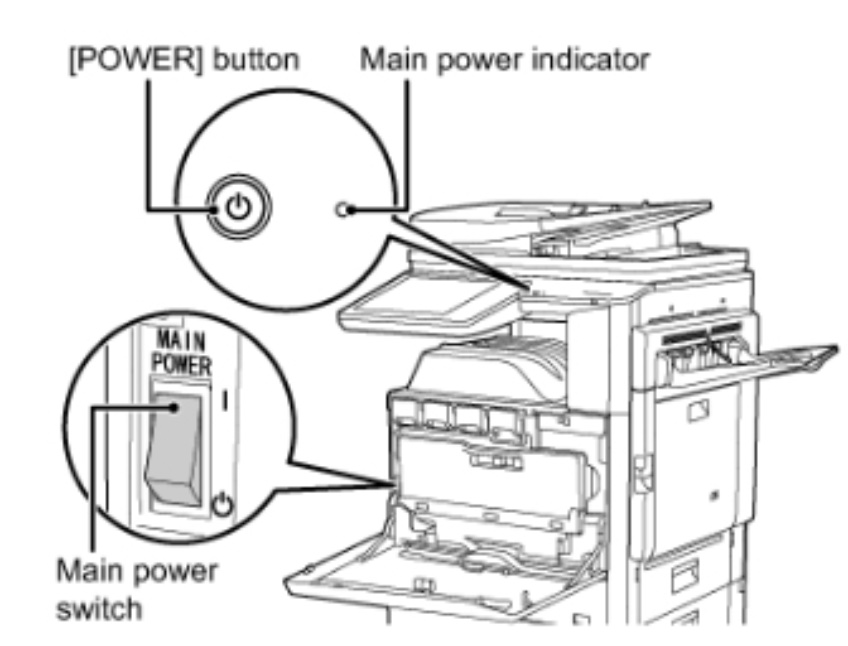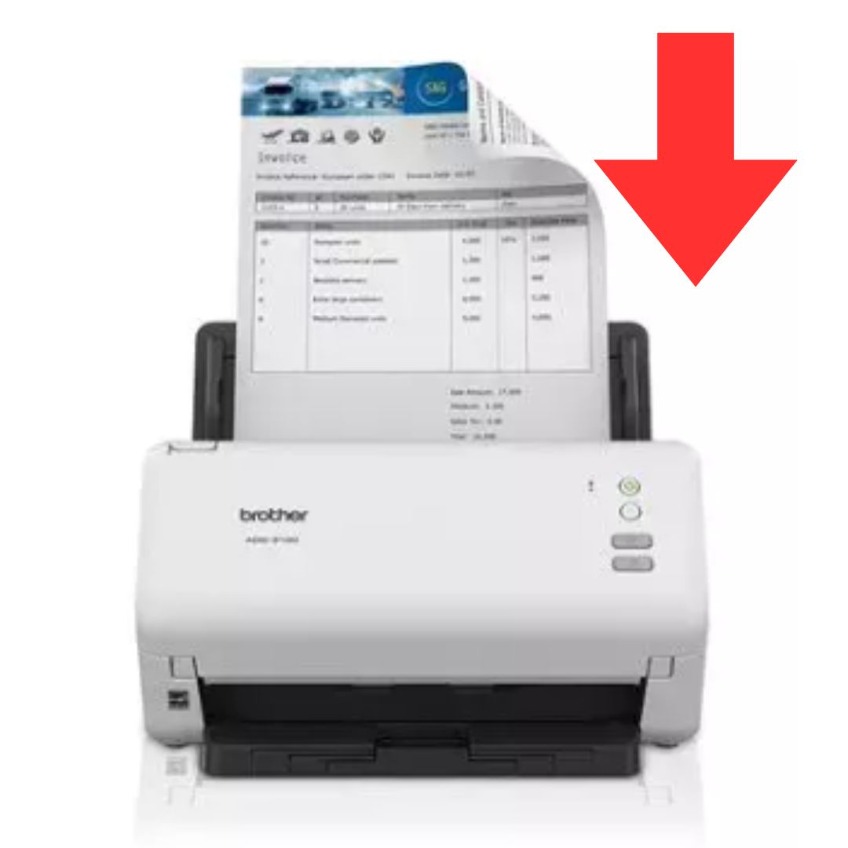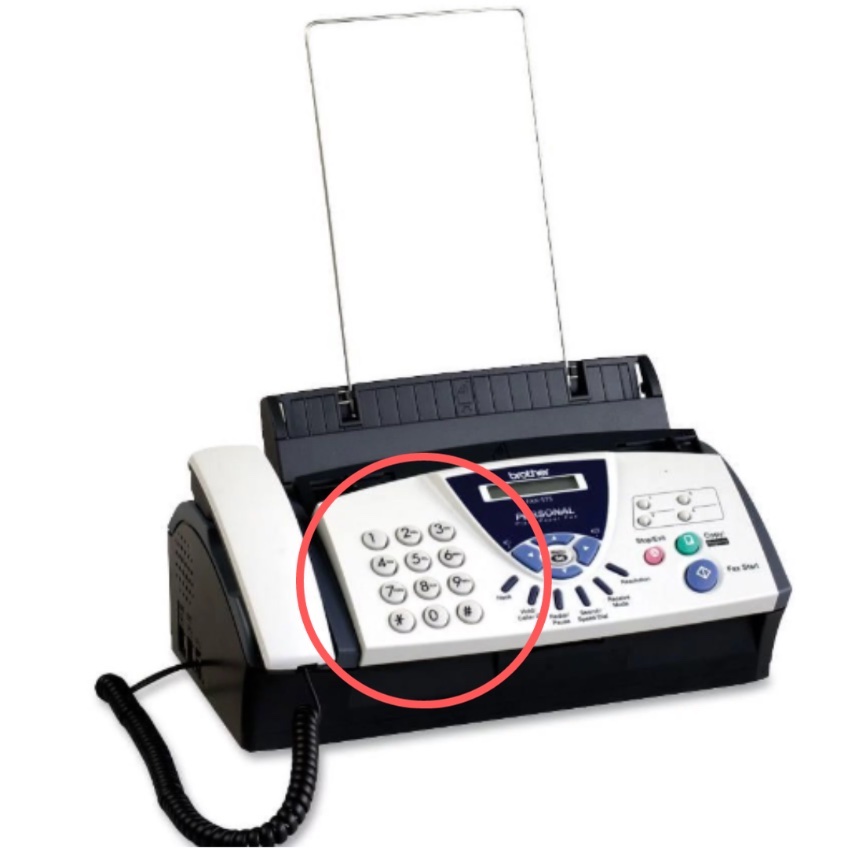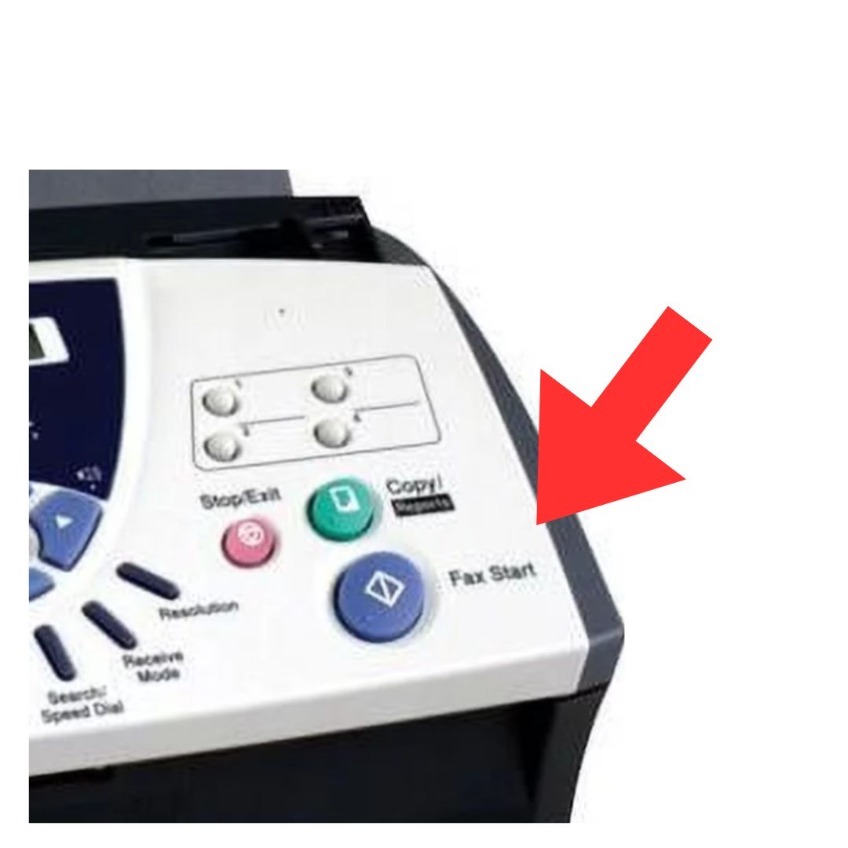Need to send a fax and not sure where to start? We’ve got you covered in six simple steps.
Step 1: Prepare Your Fax
Obtain a paper printout of the document or set of documents you’d like to send. Ensure that all writing and graphics, whether printed or handwritten, are clearly legible. Any inconsistencies in your original copy will also affect the faxed copy.
Keep in mind that faxed copies typically only render in black and white, so any ink or graphics that feature colors—particularly red, yellow, or pink—may not show up in the faxed printout.
Step 2: Turn On the Fax Machine
Verify the fax number of your recipient, noting any external or international prefix codes required for landline dialing. Ensure that the machine is switched on and connected, usually indicated by a lighted control panel on its face.
To power up, locate the machine’s main button or switch—usually located on the left-hand lower panel of industrial fax/copy print machines and on the back of desktop units.

Step 3: Place Document in Feed Tray
Place your entire document into the top paper feed tray. Make sure pages are in the proper front-to-back order, beginning with a cover page that details important information such as:
- Your company information
- Your direct contact information
- The recipient’s name and fax number
- The total number of pages
- The send date
- A short message detailing any additional or specific instructions

Step 4: Dial Recipient’s Fax Number
Dial the fax number using the numbers on the control panel. Make sure to include any external, long-distance, or international extension codes just like you would when dialing from a landline.

Step 5: Press Send
Press the Send or Start button to begin faxing. You may hear a dial tone followed by a series of beeping or static-like noises as the pages feed through the machine.
Wait for all pages to cycle through the feeder. This process can take anywhere from 30 seconds to one minute per page.

Step 6: Wait for Confirmation
Retrieve the original document from the paper output tray located at the front of desktop machines or on either side of industrial units. Wait for a final printout, also known as a transmission report, which indicates that all pages were sent successfully.
If you do not receive a printout, you can access the job status or history using the machine’s control panel. In the event of non-transmission or “No Answer,” you may need to try sending again.
Common Questions About Using a Fax Machine
What if I’m faxing from a computer that’s connected to an all-in-one printer with fax capabilities?
Assuming that the printer is set up correctly, this streamlines the process, as you won’t need to print your document. Simply open the file on your computer, click Print, and you should see a menu with an option to fax using your current machine.
Note that you may need to convert the file to PDF format in order to complete this process. Shortly after, you should receive a confirmation printout, just as you would from a regular fax terminal.
What if I need to send a fax but I don’t have access to a machine?
Don’t worry, an online fax service can get your document where it needs to go. In fact, some are even free depending on the monthly volume of faxes you expect to send.
Apps like eFax, FaxZero, and MetroFax are ideal for entrepreneurs and small businesses. These can be used via a computer or mobile interface, with varying costs according to your needs. Alternatively, Windows or Linux users can install a fax software that connects to an active landline and an internal or external fax modem to send faxes directly from a desktop computer.
